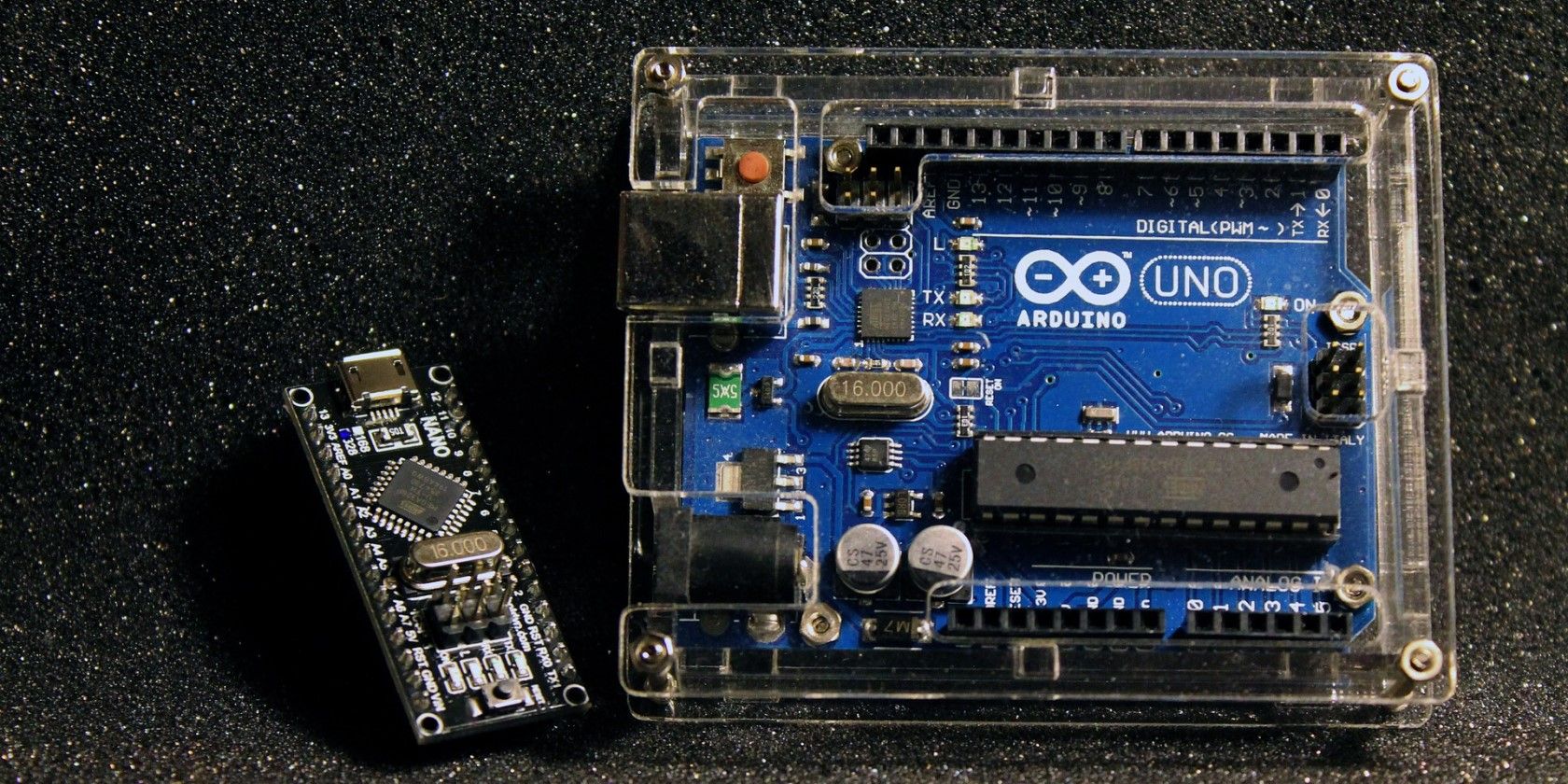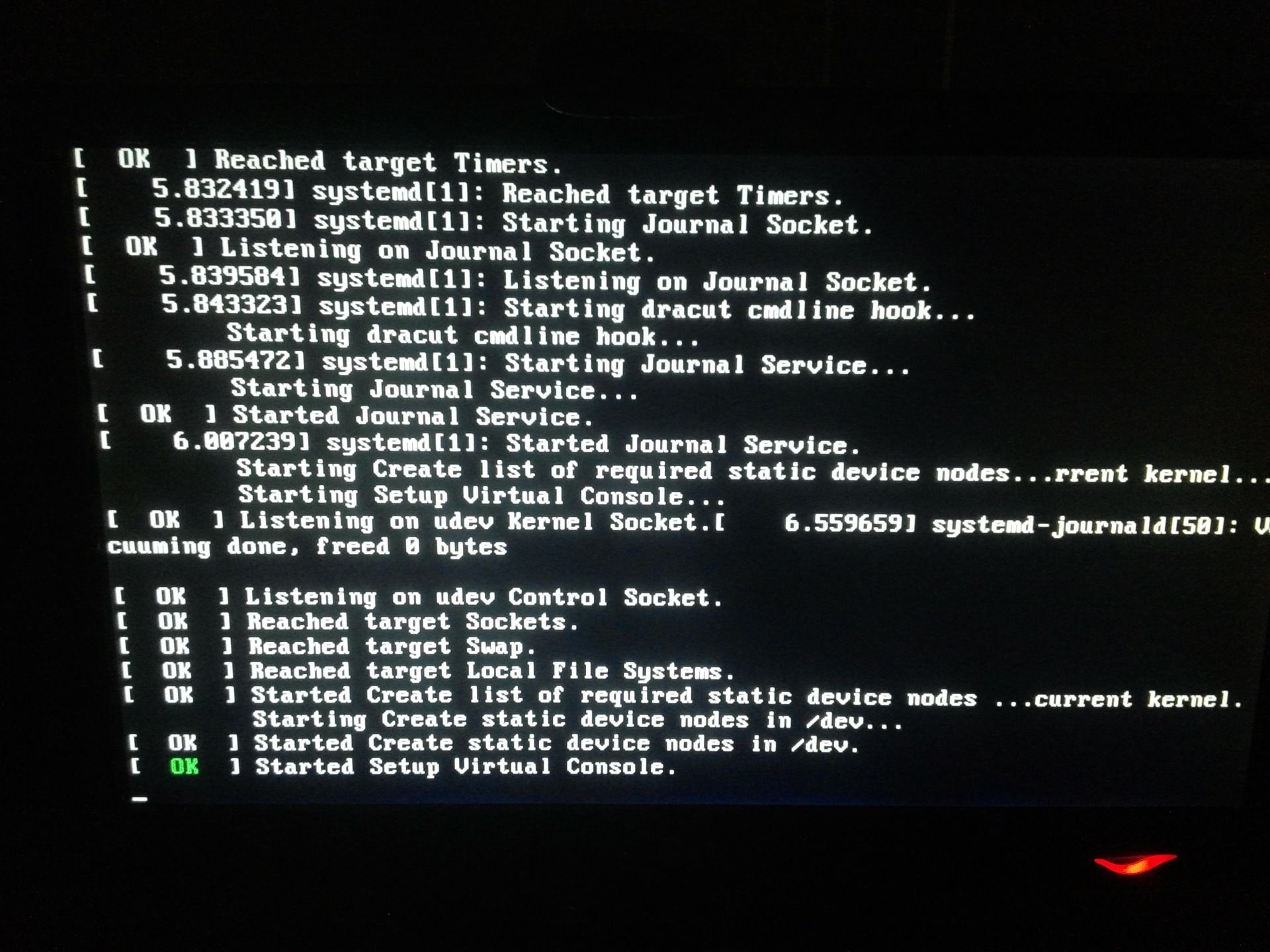Operating systems control the hardware of a computer. They manage resources, expose the hardware to users for developing applications, and execute code.
But not all operating systems are created equal.
Where desktop OSes like Windows are everywhere, other OSes are hidden from our view. Most people don’t even know they exist.
We are talking about embedded operating systems.
Let’s see what is an embedded OS, and how is it different from a non-embedded OS?
What Is an Embedded OS?
An embedded operating system is a piece of software that is aimed at controlling an embedded system.
An embedded system is a combination of hardware and software used to perform a highly specialized task. For instance, consider the example of a modern smart TV. The microprocessor and the associated hardware inside the TV are controlled by an embedded OS.
So, an embedded OS controls the hardware resources of an embedded system and allows code to run on the hardware. The code that an embedded OS runs performs fixed tasks like controlling Internet of Things (IoT) devices.
How Does an Embedded OS Work?
An embedded OS works like a regular OS with some key differences. Because an embedded OS is used to manage a system with far fewer resources than a full-fledged desktop OS, it is highly efficient and only performs a fixed set of functions.
Let’s take the example of an embedded OS working inside a doorbell camera like Ring. The embedded OS controlling the camera hardware executes that code that lets the camera do its job.
From connecting to the Wi-Fi network to detecting motion and recording video, the embedded OS is responsible for managing hardware resources to make it all possible.
At the highest level, whenever a device with an embedded system is powered on, the embedded OS powering the device boots up. During this boot-up phase, all the code that the embedded system requires to function, including the OS, is also loaded and made ready for execution.
Therefore, unlike a desktop OS, an embedded OS doesn’t need to load code from memory every time it needs to execute a function.
Types of Embedded OS
Embedded OSes are tailored to meet the needs of the systems that they will be used in. Where some embedded OSes control systems that perform only one task on repeat, other embedded OSes manage systems that perform multiple tasks at a time.
In general, embedded operating systems are divided into multitasking, real-time, and single loop.
Multitasking
A multitasking embedded OS is an OS that controls an embedded system that needs to perform multiple tasks. The tasks may be performed simultaneously if the microprocessor used in the embedded system is capable of it, or they may be scheduled to run according to the scheduling algorithm.
An example of a multitasking embedded OS is the operating system used in Internet of Things devices like smart speakers. The smart speakers have to not only output music but also connect to the internet and search for music.
Real-time
A real-time embedded OS is one that works under strict time constraints. Such an embedded OS must receive and process inputs in the allotted time or the system fails.
Consider the example of an emergency braking system in cars. As soon as the system detects that a collision is imminent, the embedded OS activates the braking system. If the OS fails to initiate the brakes in time, a collision can happen with serious consequences.
Single Loop
A single loop embedded OS is a type of OS that performs a single function repeatedly. The only job of such an embedded OS is to take the input and produce an output, on a loop.
A common example of a single loop embedded OS is the OS used in motion-sensing lights. Motion sensing lights sense motion and the embedded system turns the lights on if motion is detected.
Embedded vs. Non-Embedded OS: What's the Difference?
The biggest difference between an embedded OS and a non-embedded OS is the application set the operating system runs. In the case of an embedded OS, the application set is fixed. The hardware of the embedded system is designed to run that specific application set.
On the other hand, non-embedded OSes like Windows and macOS are designed to give hardware access to user applications. Users can install any app they want as long as it is designed to run on the OS. The hardware that a non-embedded OS runs on is also customizable to some extent.
Moreover, an embedded OS is specialized. In other words, different embedded systems have different embedded OSes. Non-embedded OSes, on the other hand, are general-purpose and support a variety of hardware configurations.
Generally, a system that an embedded OS controls is often part of a bigger system. For instance, an embedded system used to measure the temperature of a room works as part of a bigger climate control system or the end product.
Non-embedded operating systems control the end product itself.
Common Uses of an Embedded OS
Embedded operating systems are everywhere around us. Some common examples of embedded OSes are the ones used in:
- Internet of Things devices like smart light bulbs and smart temperature sensors etc.
- Cars for climate control and maintenance.
- Airplane navigation systems.
- GPS trackers and fitness trackers.
These are just a few examples of embedded OSes. In general, every microcontroller has an embedded OS running things behind the scenes.
Embedded OSes Are Crucial for Technologies Around Us to Work
Most of us don’t realize the impact that embedded OSes have on our lives. From integrated smoke and temperature sensors inside our homes to the operation of medical equipment, embedded operating systems are crucial for the technologies around us to work.
So, if you want a deeper appreciation of embedded OSes, invest in a smart home gadget. For instance, a smart lock is an awesome, simple way to start integrating intelligent, everyday tech into your life.



